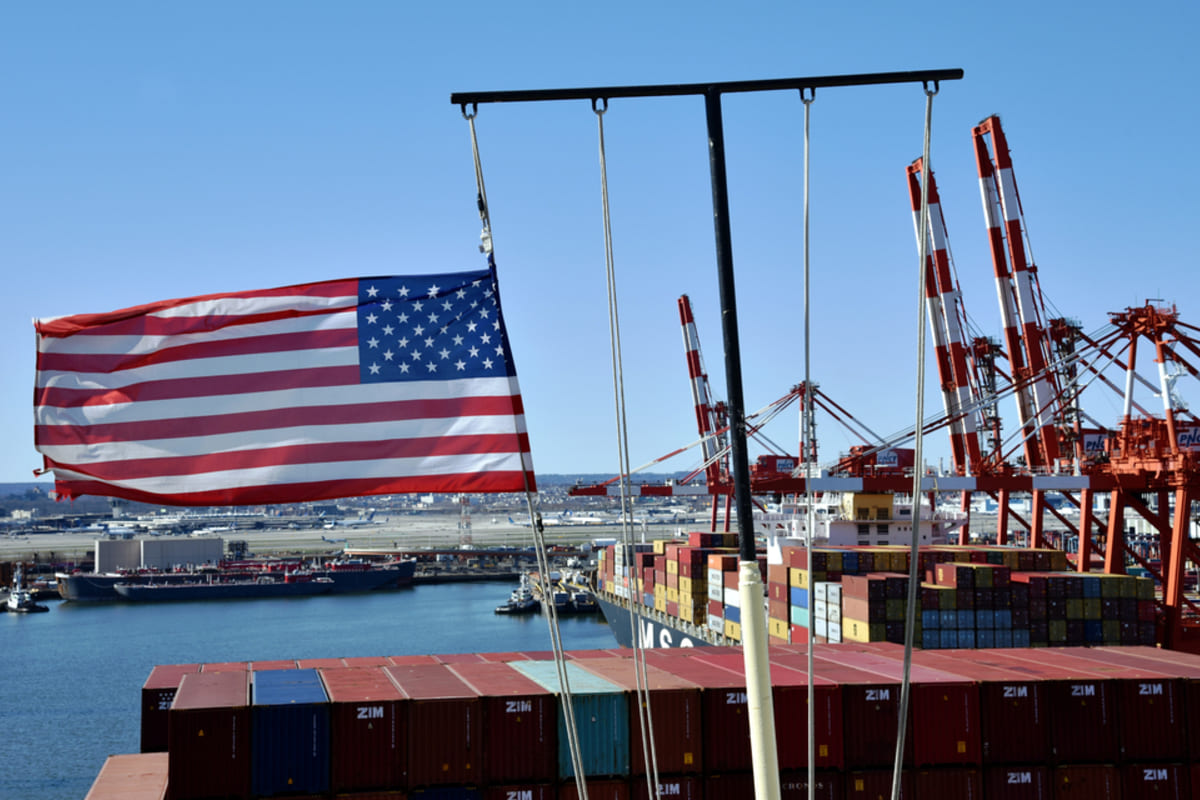The U.S. President Donald Trump announced that starting November 1, 2025, all medium- and heavy-duty trucks imported into the country will face a 25 percent tariff. This significant trade measure marks the latest development in President Trump’s tariff regime, designed to protect domestic industries from what he describes as unfair foreign competition. The announcement was made via a post on Trump’s social media platform, Truth Social, emphasizing that this tariff will apply to all relevant trucks coming into the U.S. from other countries.
This new tariff expansion comes after an investigation by the U.S. Commerce Department launched in April 2025 under Section 232 of the Trade Expansion Act, which allows the government to impose import taxes on goods considered vital to national security. The probe focused on medium- and heavy-duty trucks weighing more than 10,000 pounds as well as their parts. The Commerce Department highlighted that a small number of foreign suppliers dominate U.S. imports of these trucks due to “predatory trade practices,” motivating the move to impose tariffs to safeguard domestic truck manufacturers like PACCAR, known for brands such as Peterbilt and Kenworth, and Daimler Truck’s Freightliner brand.
Changes to tariff-free imports
Prior to this tariff announcement, trucks imported from Mexico that met the U.S.-Mexico-Canada Agreement (USMCA) conditions could enter the U.S. tariff-free. However, these new duties alter that landscape significantly, potentially raising costs for truck buyers and impacting various sectors reliant on such vehicles, including shipping, construction, and municipal services. The tariff comes on top of existing 50 percent tariffs on imported aluminum and steel, which have already elevated production costs for American truck manufacturers.
The U.S. trucking sector is a vital component of the national economy, responsible for moving approximately 73 percent of all domestic freight, with around two million Americans working as heavy and tractor-trailer truck drivers, supported by mechanics and other industry staff. The top five import sources of these trucks by customs value are Mexico, Canada, Japan, Germany, and Finland.
Read more: U.S. deficit to rise nearly $1 trillion above previous projections, budget watchdog warns
Potential price increases ahead
This tariff decision has stirred controversy and concern within the U.S. auto and logistics industries. Industry leaders have expressed frustration over the piecemeal approach to tariffs and urged the administration to focus on renegotiations of trade agreements like the USMCA to establish a more consistent and level playing field. Furthermore, the increase in tariffs will likely have downstream effects, potentially raising prices for consumers and businesses relying on medium- and heavy-duty trucks.
The announcement originally indicated an earlier start date of October 1, but the implementation was delayed to November 1 following appeals from companies concerned about the tariff’s impact. This phased approach aligns with President Trump’s ongoing strategy to expand tariffs sector by sector rather than country by country, aiming to protect and promote American manufacturing competitiveness.
For more news on economy, click here.




